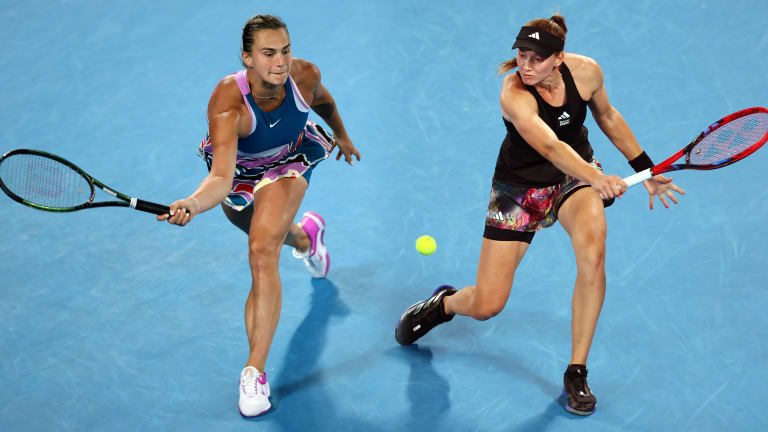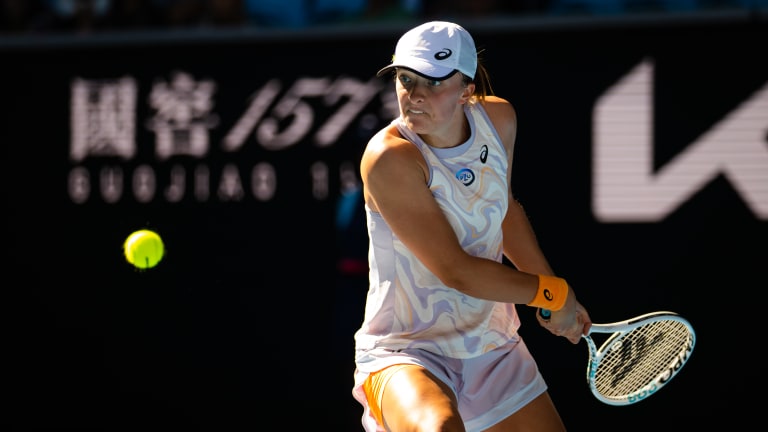Australian Open
The Rally: Rybakina vs. Sabalenka is a compelling battle for No. 1 in Australia, and No. 2 on the tour totem pole
By Jan 26, 2023Australian Open
Roger Federer to headline “Battle of the World No.1s” at Australian Open’s inaugural Opening Ceremony
By Dec 11, 2025Australian Open
Australia at Last: Reflections on a first trip to the AO
By Jan 29, 2025Australian Open
Alexander Zverev must elevate his game when it most counts—and keep it there
By Jan 27, 2025Australian Open
Jannik Sinner draws Novak Djokovic comparisons from Alexander Zverev after Australian Open final
By Jan 26, 2025Australian Open
Alexander Zverev left to say "I'm just not good enough" as Jannik Sinner retains Australian Open title
By Jan 26, 2025Australian Open
Jannik Sinner is now 3-0 in Grand Slam finals after winning second Australian Open title
By Jan 26, 2025Australian Open
Taylor Townsend and Katerina Siniakova win second women's doubles major together at the Australian Open
By Jan 26, 2025Australian Open
Madison Keys wins her first Grand Slam title at Australian Open by caring a little bit less
By Jan 25, 2025Australian Open
Henry Patten, Harri Heliovaara shrug off contentious first set to win Australian Open doubles title
By Jan 25, 2025The Rally: Rybakina vs. Sabalenka is a compelling battle for No. 1 in Australia, and No. 2 on the tour totem pole
Looking ahead to a women’s final that promises matching power games, and contrasting personalities, and to the WTA season ahead.
Published Jan 26, 2023
Advertising
Advertising

Between them, Aryna Sabalenka and Elena Rybakina embody the full range of tennis-player demeanors.
© Getty Images
Advertising

Get to Know, Now: Henry Searle
The 2023 Wimbledon boys' champ trusts self-improvement mindset will see things fall into place.
Advertising

We’re coming into the part of the year where Iga Swiatek began to dominate last season. Will that give her a confidence boost, or will the pressure of measuring up to 37 straight wins, and all the ranking points that came with them, take its toll?
© 2023 Robert Prange